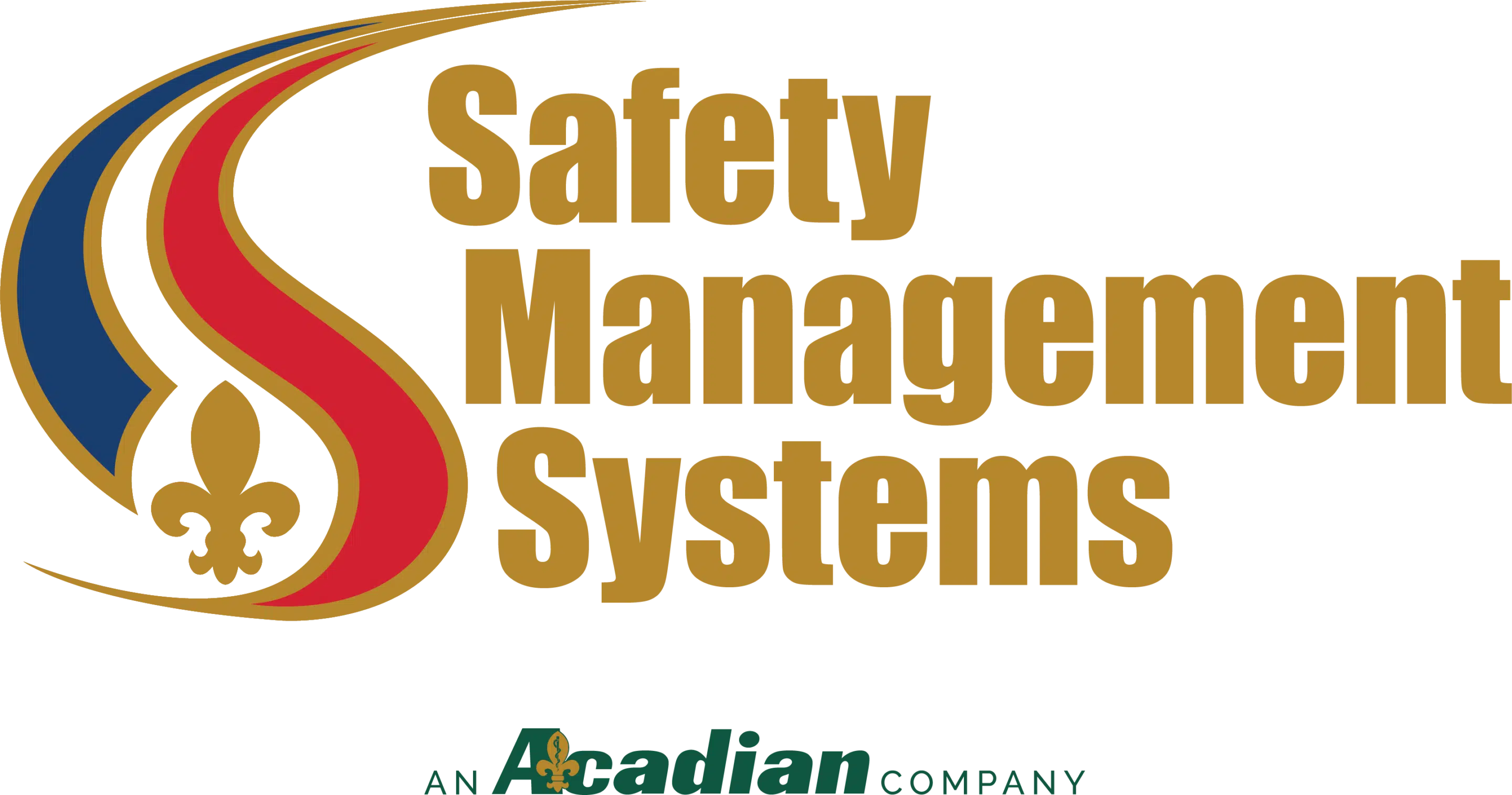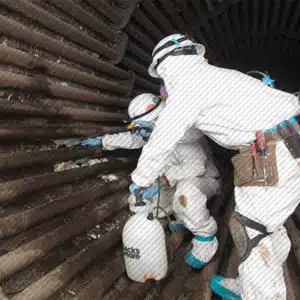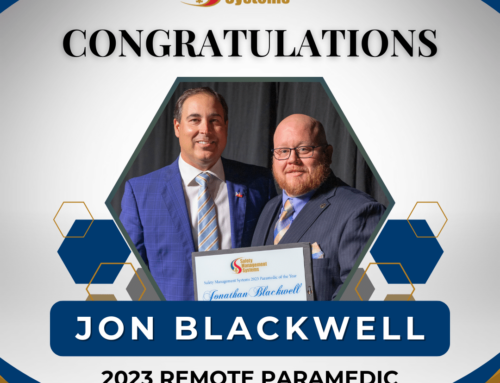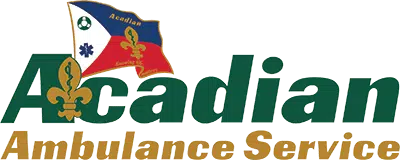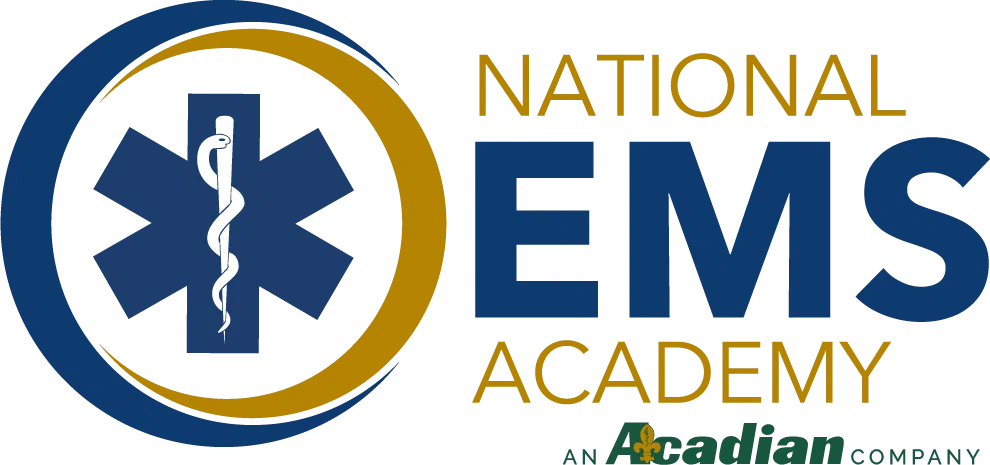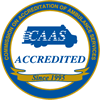When was the last time you had a workplace-related illness that could have been prevented? Today, the health risks associated with a work site are varied more than ever. The goal of an industrial hygiene technician is to keep workers and the surrounding community healthy and safe. By evaluating work environments according to health standards and OSHA regulations, workplace and environmental hazards can be contained or prevented.
Implementing good occupational hygiene standards benefit employees and the industry through:
- Improved employee health and increased life expectancy
- Reduced number of people who leave employment from injury or illness
- Lowered health care costs
- Improved workplace efficiency with technological improvements and increased productivity
SMS technicians currently conduct exposure assessments for hazardous materials throughout California, Ohio and Texas. These assessments are typically conducted at water pumping and distribution facilities, hydroelectric generation plants, reservoirs and dams.
Surveying, environmental sampling, exposure evaluations and monitoring are performed to test for:
- Indoor air quality
- Building surveys for asbestos/lead-containing materials
- Environmental toxins
- Harmful chemical and physical agents
- Potentially hazardous workplace materials, such as asbestos, pesticides, and silica
- Radiation (electromagnetic fields, microwaves)
- Potential occupational hazards, such as noise and illumination
- Hazardous waste management
Some oil and gas legacy facilities can contain asbestos, lead-based paint and naturally occurring radioactive materials. Our team of experts conduct tests with detailed reports which are used to secure demolition permits and provide metrics for bid proposals and job specifications.
High sound pressure levels (SPL) can lead to excessive noise exposure and eventual hearing loss in workers. It takes a team of specifically trained IH technicians to recognize and evaluate SLPs. We systematically survey platforms and ships to locate, quantify, and map areas with harmful noise levels. Companies can make better decisions on noise abatement and comprehensive hearing conservation programs with SMS’ unique SPL contour mapping and reporting format.
While some workplace hazards like chemical spills are easily recognized, many are invisible. These invisible hazards have the potential to cause long-term adverse health effects over a period of time. “We have industrial hygiene technicians who focus on the dangers you can’t see or sense,” says HSE Consultant Jim Shackelford.
“So many factors can cause an unsafe work environment,” he says. “Unsafe conditions and behaviors can cost time and money. Our safety specialists monitor job site activities to effectively coach and correct this.” Take a proactive approach by implementing strong industrial hygiene standards to prevent illness and environmental hazards.
Learn more about our Industrial Hygiene services.
